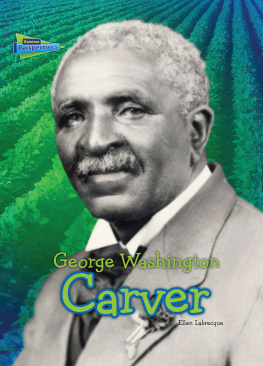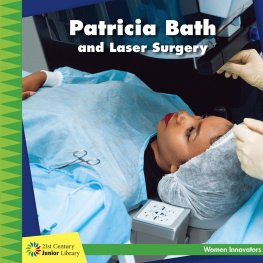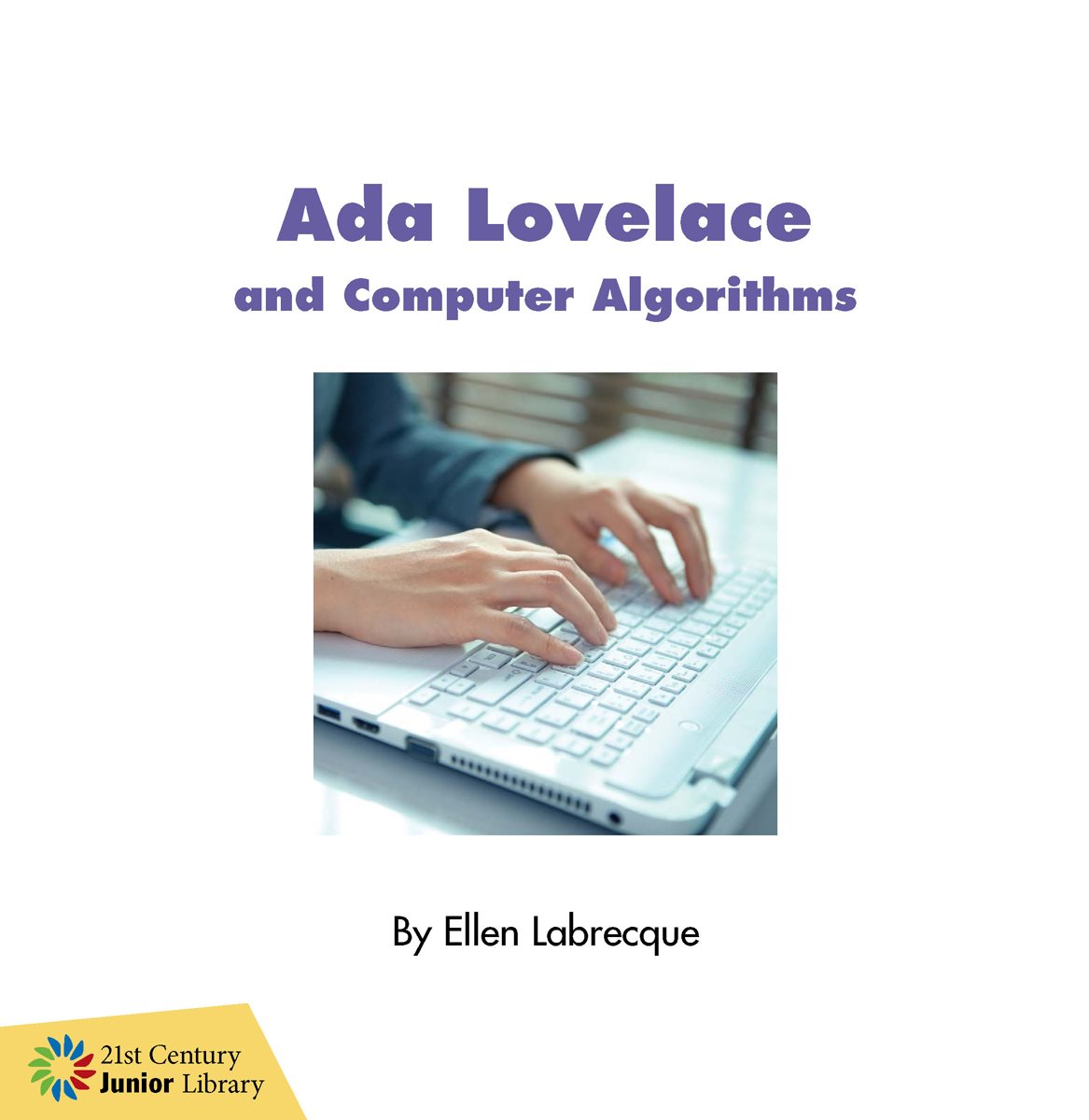Table of Contents
Guide
Published in the United States of America by
Cherry Lake Publishing
Ann Arbor, Michigan
www.cherrylakepublishing.com
Content Adviser: Amelia Wenk Gotwals, Ph.D., Associate Professor of Science Education, Michigan State University
Reading Adviser: Marla Conn MS, Ed., Literacy specialist, Read-Ability, Inc.
Photo Credits: Pixtural/Shutterstock Images, cover; wavebreakmedia/Shutterstock Images, 4; Pictorial Press Ltd/Alamy
Stock Photo, 6; Nicku/Shutterstock Images, 8; Photos.com/Thinkstock, 10; Science Museum London, Science and Society
Picture Library/ Wikimedia (Mrjohncummings), 12; Sketch of The Analytical Engine Invented by Charles Babbage by Luigi Menabrea
with notes by Ada Lovelace/ Wikimedia (Kaldari), 14; Anna Bryukhanova/iStock, 16; Tyler Olson/Shutterstock Images, 18;
Alex Staroseltsev/Shutterstock Images, 20
Copyright 2017 by Cherry Lake Publishing
All rights reserved. No part of this book may be reproduced or utilized in any
form or by any means without written permission from the publisher.
Library of Congress Cataloging-in-Publication Data
Names: Labrecque, Ellen, author.
Title: Ada Lovelace and computer algorithms / by Ellen Labrecque.
Description: Ann Arbor : Cherry Lake Publishing, [2017] | Series: Women innovators | Audience: K to grade 3. |
Includes bibliographical references and index.
Identifiers: LCCN 2016029695| ISBN 9781634721776 (hardcover) | ISBN 9781634722438 (pdf) |
ISBN 9781634723091 (pbk.) | ISBN 9781634723756 (ebook)
Subjects: LCSH: Lovelace, Ada King, Countess of, 1815-1852Juvenile literature. | Women mathematiciansGreat Britain
BiographyJuvenile literature. | Women computer programmersGreat BritainBiographyJuvenile literature. |
MathematiciansGreat BritainBiographyJuvenile literature. | Computer programmersGreat BritainBiography
Juvenile literature. | ComputersHistory19th centuryJuvenile literature. | Computer algorithmsHistory
19th centuryJuvenile literature.
Classification: LCC QA29.L72 L33 2017 | DDC 510.92 [B]dc23
LC record available at https://lccn.loc.gov/2016029695
ISBN-13 978-1-68444-498-4 (ebook)
Cherry Lake Publishing would like to acknowledge the work of The Partnership for 21st Century Skills.
Please visit www.p21.org for more information.
Printed in the United States of America
Corporate Graphics
Synchred Read-Along Version by:
Triangle Interactive LLC
PO Box 573
Prior Lake, MN 55372
CONTENTS
Computers are an important part of everyday life.
A Woman
Do you use a computer? Maybe you use
it to do your homework. Or maybe you play
video games on it. Thanks to the people
who created them, computers do many
different things.
Ada Lovelace was the worlds first
computer programmer . She was born
more than years ago. Without
her, computers would not be what they
are today!
Lovelaces independence and interest in math made
her an unusual woman for her time.
Augusta Ada Lovelace was born on
December 10, 1815, in London, England.
Her dad was the famous poet Lord Byron.
Her mom was Annabella Byron. Her parents
separated soon after Ada was born. Her
mom raised her.
For centuries, people tried and failed to create
a successful flying machine.
Adas mom wanted her to study hard.
She hired tutors to teach her daughter
every subject. Ada was good in math and
science. And like her poet father, she saw
beauty in everything. Ada loved machines.
She wanted to build a flying one someday.
Create!
Ada designed a flying machine long before airplanes ever existed.
Can you create a new machine? Make a detailed drawing of your
new invention . Include instructions about how it will work.
Charles Babbage thought math could be done
more easily with a machine.
When Ada was 17, she met the famous
mathematician Charles Babbage. The two
became friends. Babbage created a
machine called the Analytical Engine. It was
one of the first computers that could solve
complex math problems.
Today, you can see the Analytical Engine at the
Science Museum in London.
An Idea
Babbage taught Lovelace many things
about math. She soon began working
with him. She helped him by writing an
algorithm for the Analytical Engine.
Look!
Look at this photo of the Analytical Engine. Do you think
computers today are easier or harder to use? Why?
This is the code that Lovelace wrote for the Analytical Engine.
Lovelace used a series of numbers for
her algorithm. She also wrote notes about
the machine for Babbage. Her notes
explained how the machine could learn to
repeat a series of instructions over and
over. This is called looping , and it is still
used today. Lovelaces algorithm and notes
































